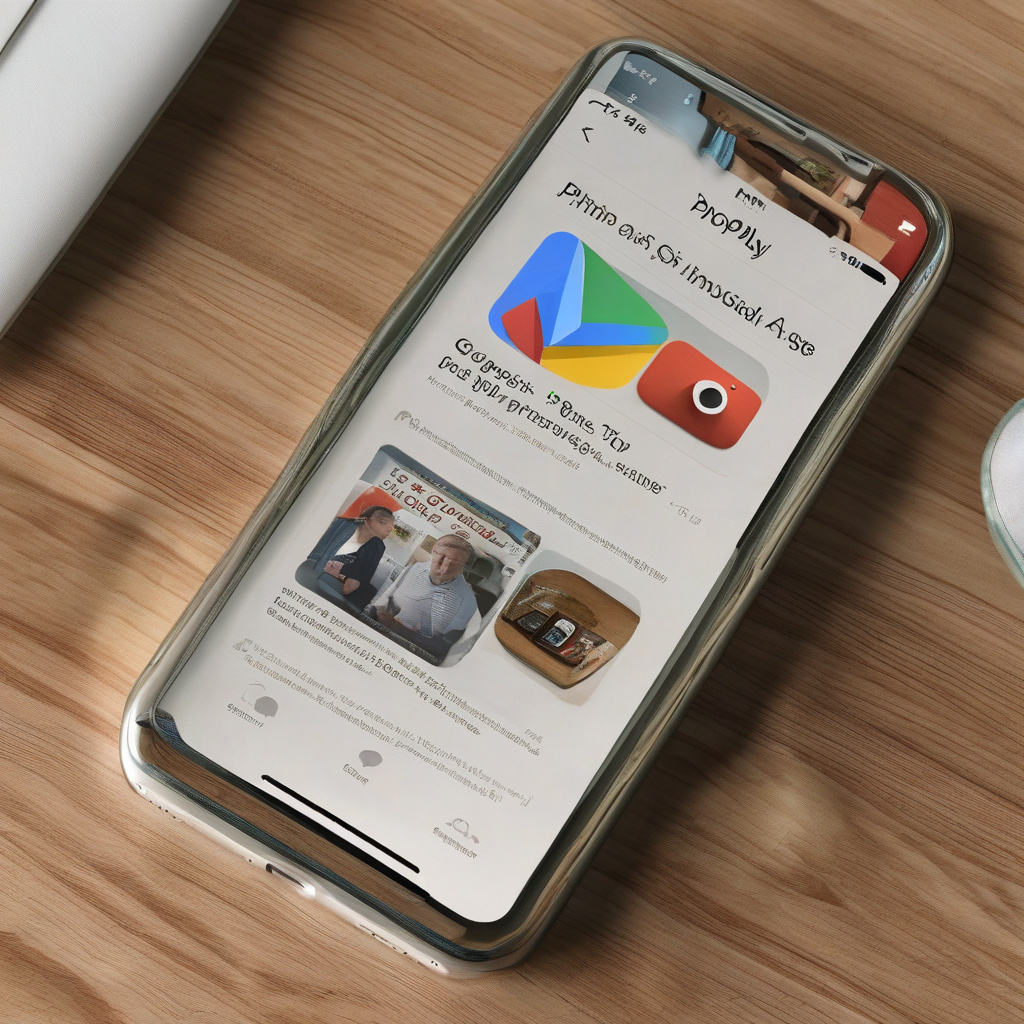The possibility of iPhone users gaining access to the Google Play Store is no longer a far-fetched dream. The UK’s Competition and Markets Authority (CMA) has taken a bold step by designating Apple and Google with “strategic market status,” signaling a potential shift in the mobile market landscape.
Apple, known for its closed ecosystem, might be compelled to allow third-party app stores on its devices. This move could pave the way for iPhone users to explore the Google Play Store, a domain previously exclusive to Android users. With the potential for alternative app sources and direct downloads, iPhone users may soon enjoy a more diverse app experience.
While Apple defends its walled garden approach, citing concerns about privacy and security, the regulatory pressure could lead to consequences for users. Features like Apple Intelligence may be withheld from future UK iPhone models, affecting the overall user experience. This regulatory intervention could reshape the competitive dynamics of the mobile industry in the UK.
On the other side of the spectrum, Google is not immune to the CMA’s scrutiny. Despite allowing third-party app stores on Android, Google might face demands to enhance the user experience in this realm. The CMA’s roadmap hints at potential changes to make the process of using alternative app stores more seamless and intuitive for Android users.
Google, in response, questions the rationale behind the CMA’s decision, emphasizing the open-source nature of Android. It highlights that a significant number of Android users already engage with third-party app stores, arguing that the existing system is user-friendly. However, the push for greater ease in transitioning between Android and iPhone devices remains on the table, driving towards a more user-centric approach.
As the regulatory landscape evolves, the potential integration of the Google Play Store on iPhones could mark a significant turning point for both Apple and Google. The impact on user choice, app diversity, and overall mobile experience remains to be seen, but one thing is clear – change is on the horizon, and it could redefine how we interact with our smartphones.

